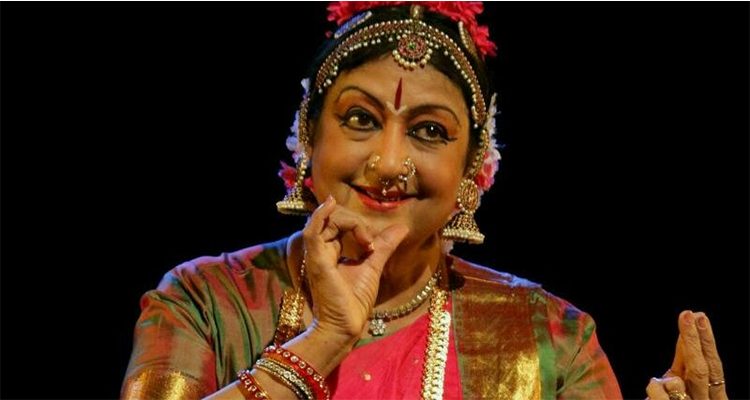Dr. Padma Subrahmanyam’s Efforts and Modi Government’s Decision to Install Sengol in the New Parliament Building
In a remarkable turn of events, the historic sceptre known as Sengol is set to regain its significance as it finds a place of honor in the new Parliament building. Renowned dancer Dr. Padma Subrahmanyam played a pivotal role in this journey by translating and sending an article to Prime Minister Narendra Modi’s office in 2021. This article shed light on the story of Sengol and emphasized its importance, ultimately leading to the decision to install it. This article delves into the significance of Sengol, Dr. Subrahmanyam’s involvement, and the government’s decision to revive this forgotten tradition.
The Significance of Sengol:
Sengol, a golden sceptre, holds immense cultural and historical significance in Tamil culture. It is one of the three symbols of the reigning power of a king, along with the umbrella and throne. More than just a symbol of power, Sengol represents justice. Its importance is evident in the Tamil epic Silappathikaram, where it is associated with a Chera king’s erroneous judgment and subsequent realization of his mistake. Sengol’s mention in ancient texts and its role in Tamil culture make it a powerful cultural artifact.
Dr. Padma Subrahmanyam’s Discovery:
Dr. Padma Subrahmanyam’s journey to rediscover Sengol began when she came across an article in Tamil published in Thuglak magazine. The article, written by S. Gurumurthy, caught her attention and intrigued her with its content about Sengol. Driven by her curiosity, she decided to locate the sceptre and its history. She found references to Sengol being presented to Jawaharlal Nehru, India’s first Prime Minister, during the transfer of power from the British to Indians in 1947.
The Journey of Sengol:
As the British prepared to hand over power, Lord Mountbatten sought a cultural symbol that would represent the transfer of power. Upon discussing the matter with Pandit Nehru, who had no immediate answer, Nehru consulted C. Rajagopalachari (Rajaji). Rajaji, in turn, sought guidance from Chandrasekharendra Saraswati of Thiruvavaduthurai Adheenam in Madurai, the Raja Gurus of the Cholas. They suggested using the Sengol as a symbol of power transfer.
The Thiruvavaduthurai Adheenam commissioned a beautiful 5-feet-long Sengol to mark the historic event. Crafted by the renowned Vummidi Bangaru Chetty family, the golden sceptre was sent to Nehru by the head of Thiruvaduthurai Mutt, Sri La Sri Ambalavana Desika Swamigal, via a specially arranged aircraft. Nehru accepted the Sengol as a symbol of power, and it was later handed over to Lord Mountbatten, who returned it to the seer after the ceremony.
Reviving the Forgotten Tradition:
Despite its historical significance, Sengol remained out of the public eye following the transfer of power ceremony. Dr. Padma Subrahmanyam expressed her belief that as India celebrates 75 years of independence, the reenactment of this historic event is vital. Her efforts to bring attention to Sengol have now borne fruit, as the Modi government has decided to install it in the new Parliament building. Dr. Subrahmanyam, overwhelmed with joy, sees the installation of Sengol as a symbol of democracy serving the country.

